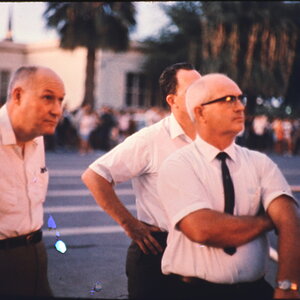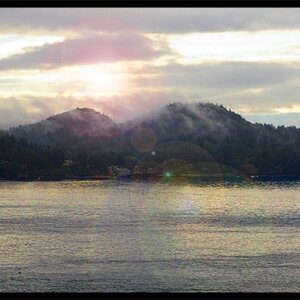magnus1225
TPF Noob!
- Joined
- Jul 7, 2007
- Messages
- 7
- Reaction score
- 0
Hello everyone. I went camping this last weekend and tried to take a picture of some running water with a long(er) exposure to get that misting water look. It was in the afternoon, sun was shining. I have a canon xt. Well when I took the picture it came out completely white. So I turned the aperature all the way up (the highest number) and left the exposure...which was only like 3 seconds. But it was still white. I dont understand why this wasn't working. Am I just making a silly mistake? thanks








![[No title]](/data/xfmg/thumbnail/33/33360-ff0b69685c94740bde3f53b6d7aa9af1.jpg?1619735924)







